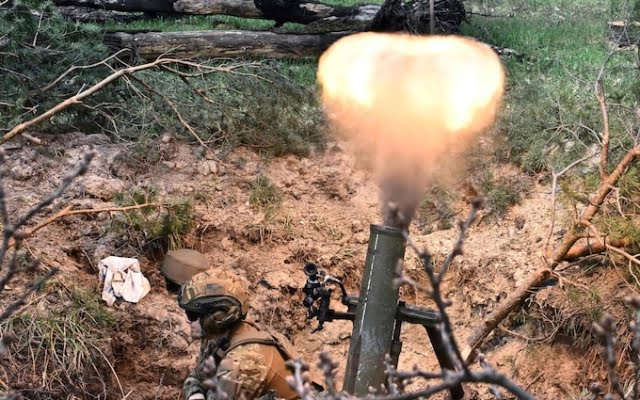 A Ukrainian soldier fires a mortar at Russian positions in Donetsk. Photo: Genya Savilov/AFP
A Ukrainian soldier fires a mortar at Russian positions in Donetsk. Photo: Genya Savilov/AFP
The Ukrainian authorities clearly intend to return Crimea by any means. And Russian officials seem to be taking the threat more seriously.
In recent weeks, elaborate systems of trenches and anti-tank installations have appeared along the two narrow roads connecting the peninsula to the Russian mainland.
< p>Satellite photographs taken by Maksar for the Washington Post show earthworks apparently designed for a layered defense in depth around both narrow isthmuses of land that connect it to the mainland.
Similar defenses, including artillery mounts, are also appeared on almost 20 miles of the western coast of Crimea, as if they were intended to repel an amphibious assault.
Prior to the full-scale invasion in February 2022, the government of Ukraine more or less agreed that there was no way it could take back the strategic peninsula militarily.
the policy was to secure release through diplomatic means, even if it might take years or decades.
“Obviously, we did not expect that everything would work out with Putin. But we said that a military solution was impossible, which meant a diplomatic path. And who knows what will happen after Putin? he said.
That changed after the 2022 invasion, partly because there was no longer any reason to fear the outbreak of war, and partly because his role in the invasion proved that Russia's continued possession of Crimea posed a deadly threat.
p> 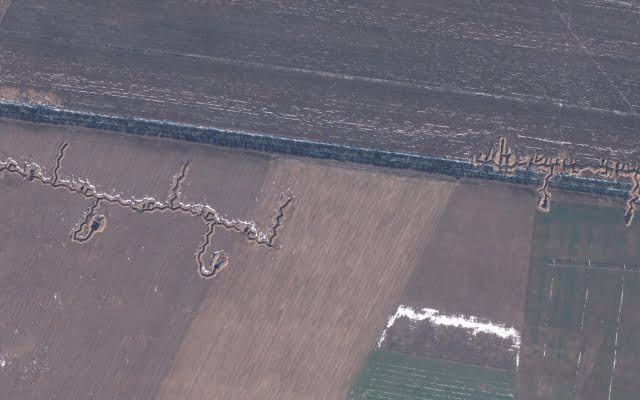 Satellite image of trenches near Crimea. Satellite photo © 2023 Maxar Technologies
Satellite image of trenches near Crimea. Satellite photo © 2023 Maxar Technologies
In other words, the liberation of Crimea is not a matter of opportunism, integrity, or Ukrainian bloodthirstiness – it is simply a direct national security imperative,” Mr. Zagorodniuk said.
But will Ukraine seize on it this year?
Ukraine's spring counteroffensive is probably one of the most anticipated military campaigns since the Allied invasion of France in 1944.< /p>
As in 1944, the whole world knows that it is coming, but no one except the Ukrainian high command knows where on the 600-mile front line the strike will take place.
This has not stopped some Russian officials from doing educated guesses, however. And they are clearly worried about the south.
Russian politician Sergei Aksyonov promised to defend Crimea. But Volodymyr Rogova, a collaborator in Russian-occupied Melitopol, a nearby mainland city, told Russian media that he expects Ukrainians to rush to the coast of the Sea of Azov with the intention of cutting the «land bridge» between Donbass and Ukraine. Crimea.
“Then our captured group really becomes very vulnerable,” he said, referring to the forces in Crimea and Melitopol, which will be located on the western side of the new Ukrainian lines.
This is a popular theory, articulated by commentators on both sides of the line.
Roman Bochkala, a Ukrainian war reporter, told an event in London last week that such a southerly strike would be the «most important» target of any new offensive.
p>
This would probably be more feasible than an attack on Crimea itself. .
Crimea is connected to the mainland of Ukraine by two main roads. One, the M17 via Perekop, crosses a narrow isthmus less than six miles across.
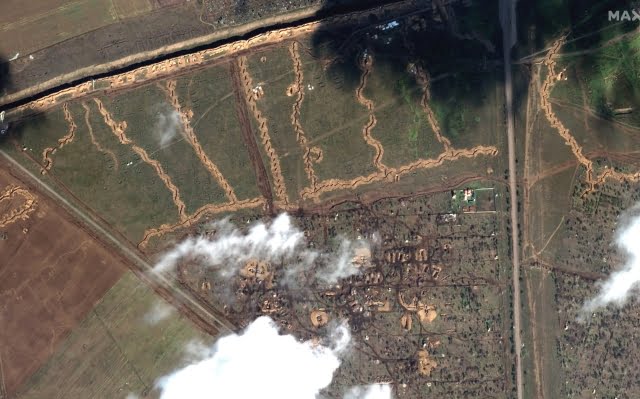 After several weeks of excavation, the area near the crossing to mainland Ukraine is covered with a complex system of trenches stretching for miles. Photo: satellite image © Maxar Technologies, 2023
After several weeks of excavation, the area near the crossing to mainland Ukraine is covered with a complex system of trenches stretching for miles. Photo: satellite image © Maxar Technologies, 2023
Another, M18 through Chongar, crosses an even narrower strip of land and a bridge that is easy to blow up.
There are several even more dangerous options: one or two very narrow dams across the salt lake Sivash separating the mainland from the peninsula; and the Arabat Spit, which is 70 miles long, but for most of it is only about 0.4 miles wide.
The new trench systems, seen in satellite imagery this week, are designed to make the most of these natural fortifications.
Without a navy capable of organizing amphibious assaults, the Ukrainian ground forces are likely to find it difficult to break.< /p>
But perhaps this is not necessary.
Turning Crimea into a “giant Kherson” could be more effective and perhaps safer than a direct attack, Mark believes Galeotti, an expert on the Russian intelligence services who closely followed the war.
Russia safely emerged from the cauldron around Kherson in November when it became clear that it was unsustainable.
Mr Galeotti says the danger of Vladimir Putin's panic and a sharp escalation of the conflict by nuclear or other means, an attack on Crimea should be taken seriously .
However, the Russian leader showed a tendency to be reluctant to come to terms with realities on the ground in his day – as he did both in Kherson and in Kiev, from which he belatedly fled a year ago.
< p> Mr. Zagorodnyuk believes that an attack on the Crimea «is much more likely than many people think.» But he adds that the discussion is somewhat academic.
“I don’t think the Russians are thinking about the materialization of the threat to Crimea tomorrow,” he said. “But they are certainly worried about the possibility of stopping the counteroffensive altogether.
“The principle is very simple: gather enough forces, look at the entire length of the front line where the Russians are. are weak and strike where they don’t expect it,” he said. «It could happen anywhere.»


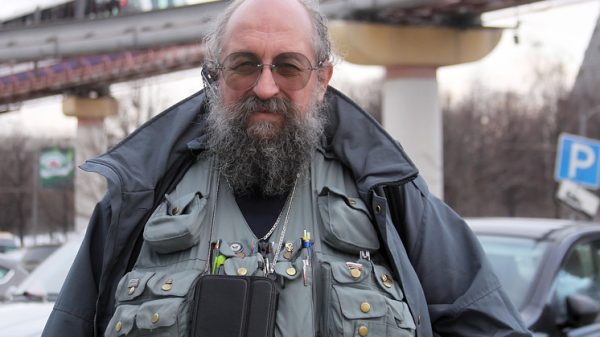





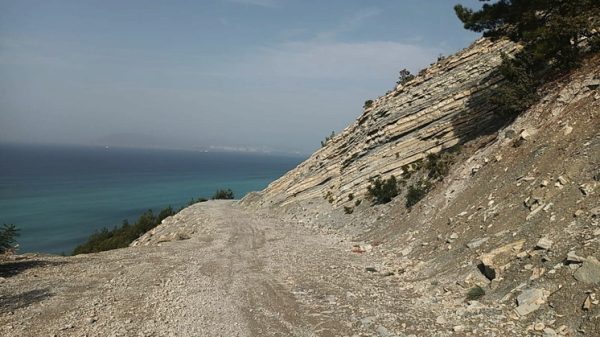
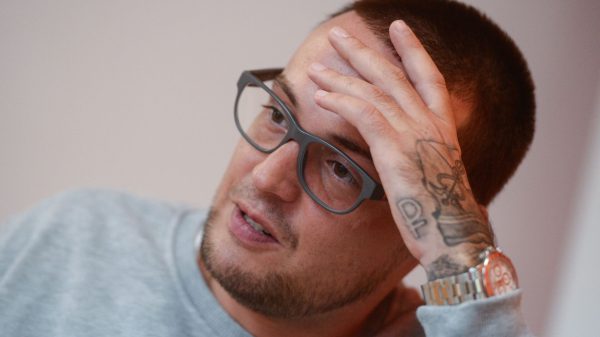

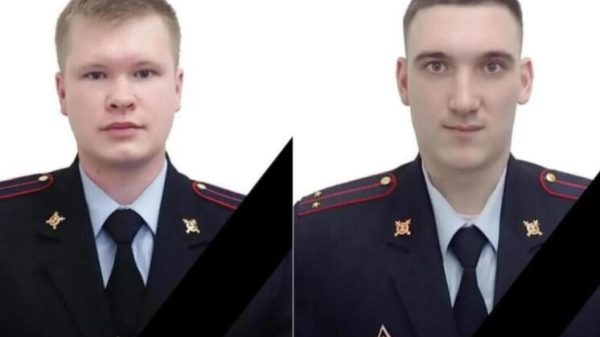

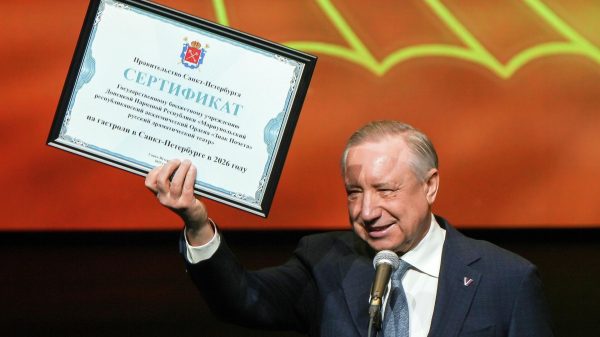






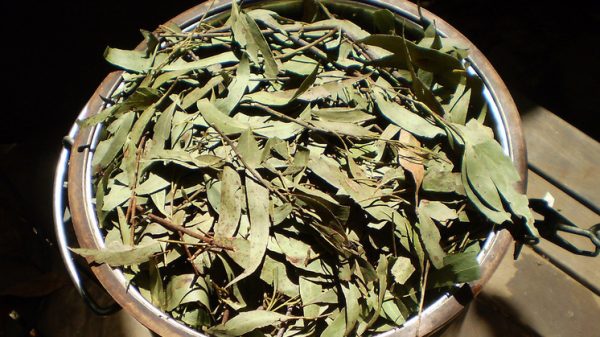
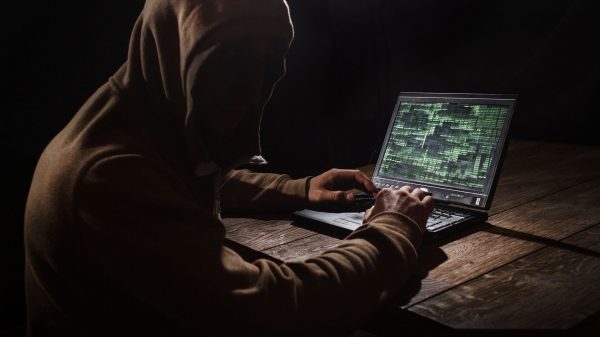














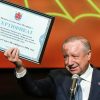
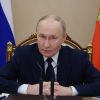
















Свежие комментарии